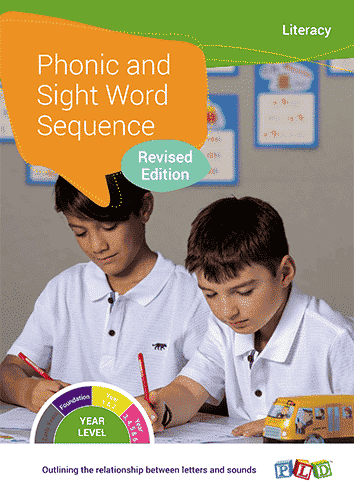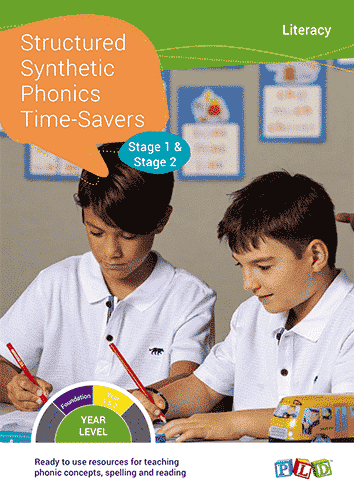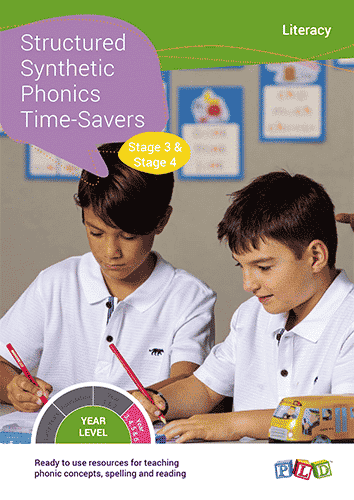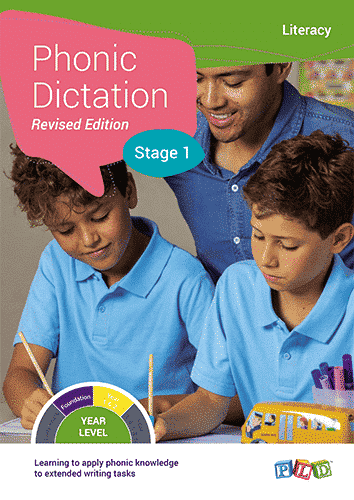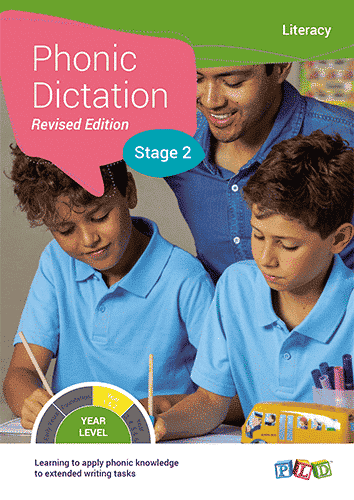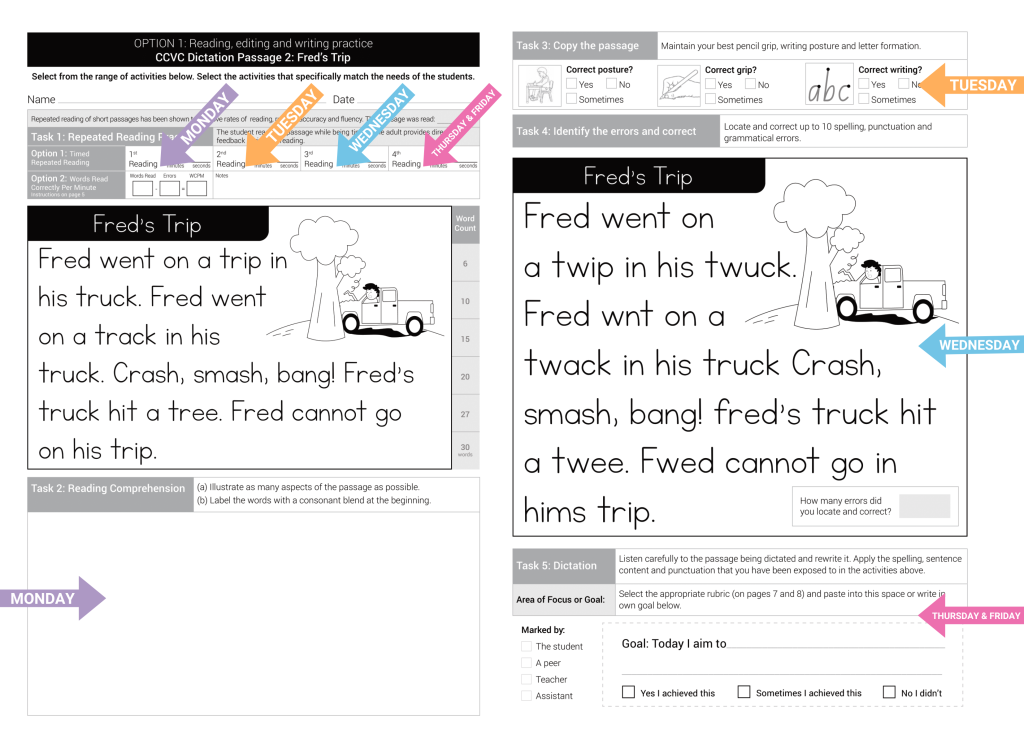Home Schooling in Years 1 to 6
Where to Start?
PLD has many resources which can assist in developing strong language and literacy skills in children. Many of our resources can be used across multiple ages, making them ideal for homeschooling families with several children. To help you get started with PLD’s programs, we have outlined below some of our recommended programs that can be easily implemented at home.
Use the tabs below to skip ahead to:
Looking for a single spelling resource that is Australian and covers multiple ages and abilities(i.e. from Foundation to Year 6)? PLD’s programs are all Australian which makes teaching spelling so much easier as we use Australian spelling and pronunciation of phonic sounds. Our best-selling resource Phonic & Sight Word Sequence includes phonic concepts, charts, spelling rules, spelling and reading words, sight words (or high-frequency words), spelling worksheets and termly review tests. It covers the whole primary school years making it a fantastic resource for homeschool families, as it will grow with your children and can be used across all ages.
The Time-Savers range, uses the phonic concepts from the sight word sequence resource, is available in a junior primary (Stage 1 and 2), middle primary (Stage 3 and 4) and upper primary (Stage 5 and 6). These programs have fully prepared phonic word lists, Monday through to Friday activity templates, flashcards and additional tasks.
Curious to know how your child’s literacy skills are developing and what PLD stage they are in?
Children in Year 1 & 2
Click here for the Year 1 & 2 manuals.
- The spelling placement tests (which cover PLD’s Stages 1-3) are located on pages 9-12.
- The reading placement tests (which cover PLD’s Stages 1-3) will identify if your child requires decodable reading material. The access is located on pages 23-26 of the Screening & Tracking Manual.
- For the students operating at a pre-literacy (or pre-CVC) level, you can use the subtests in the red box on pages 27-29.
Children in Year 3, 4, 5 & 6
Click here for the Year 3, 4, 5 and 6 manuals.
- The spelling placement tests (which cover PLD’s Stages 1-6) are located on pages 9-12.
- The reading placement tests (which cover PLD’s Stages 1-3) will help you to identify if your child requires decodable reading material. This is located on pages 16-20 of the Screening & Tracking Manual.
- For the students operating at a pre-literacy (or pre-CVC) level you can present the subtests in the red box on pages 26-28.
Students often write words correctly in spelling tests but struggle when applying their new knowledge to written work. Why? As a general rule, when transferring spelling into writing, students require the activation of many more skills. As part of a SSP phonics program, phonic dictation has the potential to ensure that phonic skills transfer to phonic passage reading and rewriting tasks.
The phonic passages can also be used for repeated oral reading tasks and also spread over the full week. When integrated with the TimeSavers lists, the Phonic Dictation task provides expanded phonics teaching that targets reading, editing, handwriting and writing (i.e. dictation).



